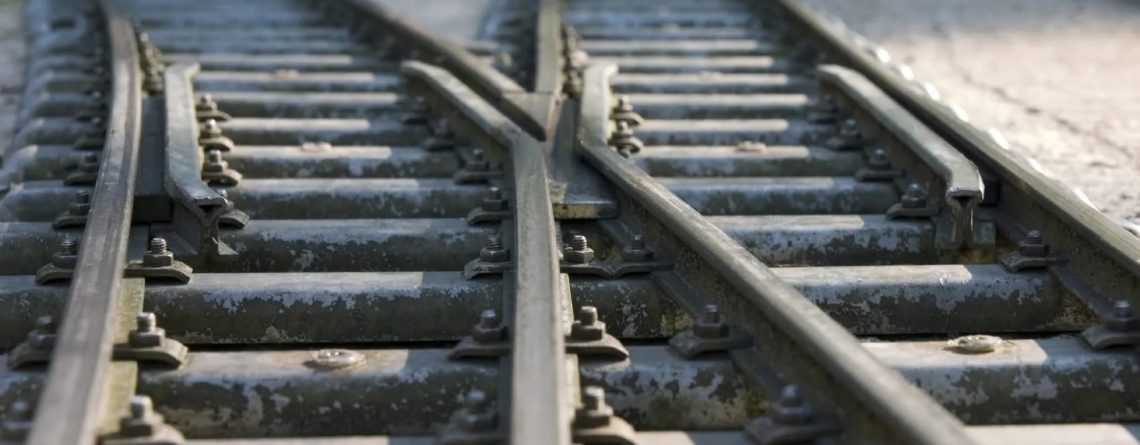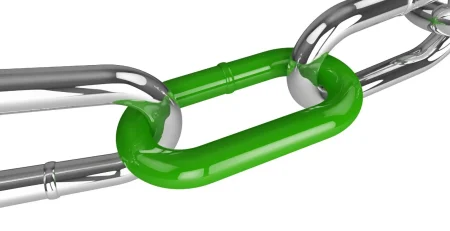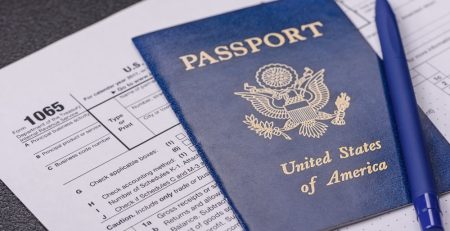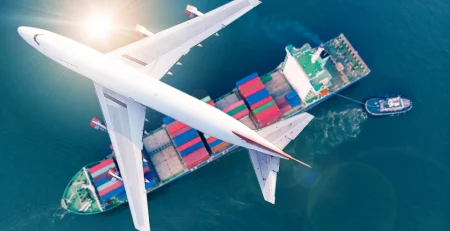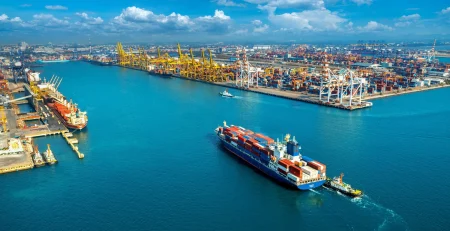News about the new Silk Roads
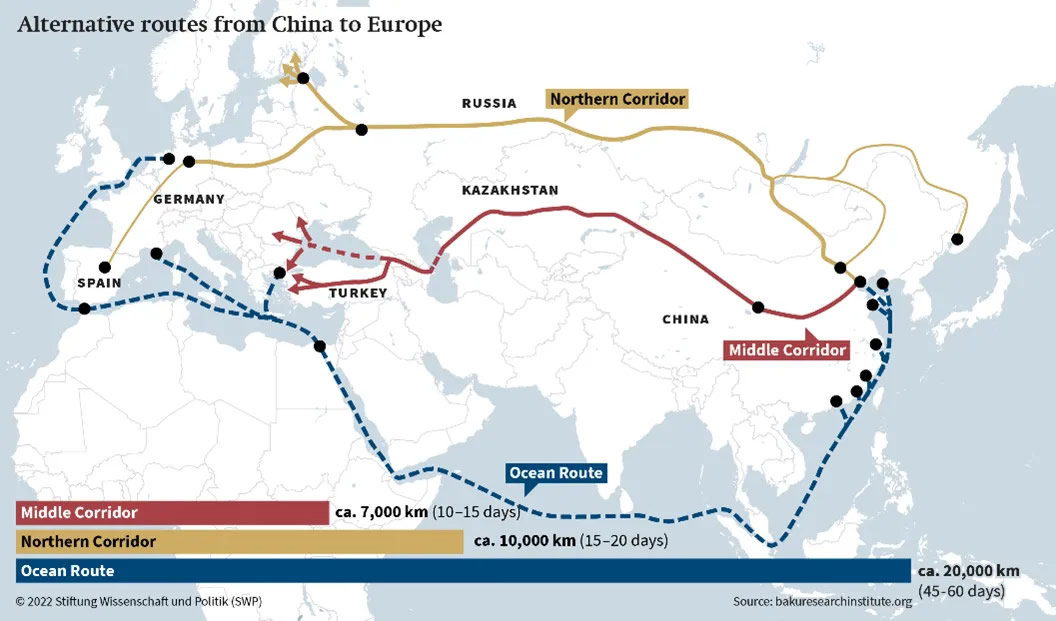
Source : SWP, Russia’s War on Ukraine and the Rise of the Middle Corridor as a Third Vector of Eurasian Connectivity
When it was launched in May 2022, the middle corridor generated high hopes. During the first quarter of 2022, 20,000 units (40′) were shipped via this route.
However, today, this solution is deemed unviable as it is twice as expensive, longer, and involves numerous transshipment points… not to mention the challenges associated with crossing multiple borders.
« But today, concretely, what is the situation? »
Although it is unlikely that “transport volumes will return to pre-war levels anytime soon,” according to Ganyi Zhang, a doctor of political science, the Northern corridor is once again being proposed by carriers, usually under certain conditions (signing a letter of intent or LOI), to the delight of many European shippers who are faced with market realities.
Currently, two solutions are being offered by some of our partners from China:
- Full rail : Departure from Shenzhen via Russia within 20 days, with 2 departures per week, subject to signing an LOI.
- Sea rail : Departure from Shenzhen via Piraeus (Greece) within 37 days, with 1 departure per week and a minimum of 16 days’ notice.
As an intermediate solution between air and sea freight in terms of transit time and costs, rail transport is expected to remain a significant player in the global cargo transportation landscape.
Feel free to reach out to our team at ThemaTrans for any questions or quotation requests.

